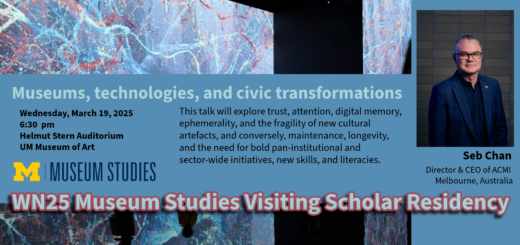A Postcard from Glasgow
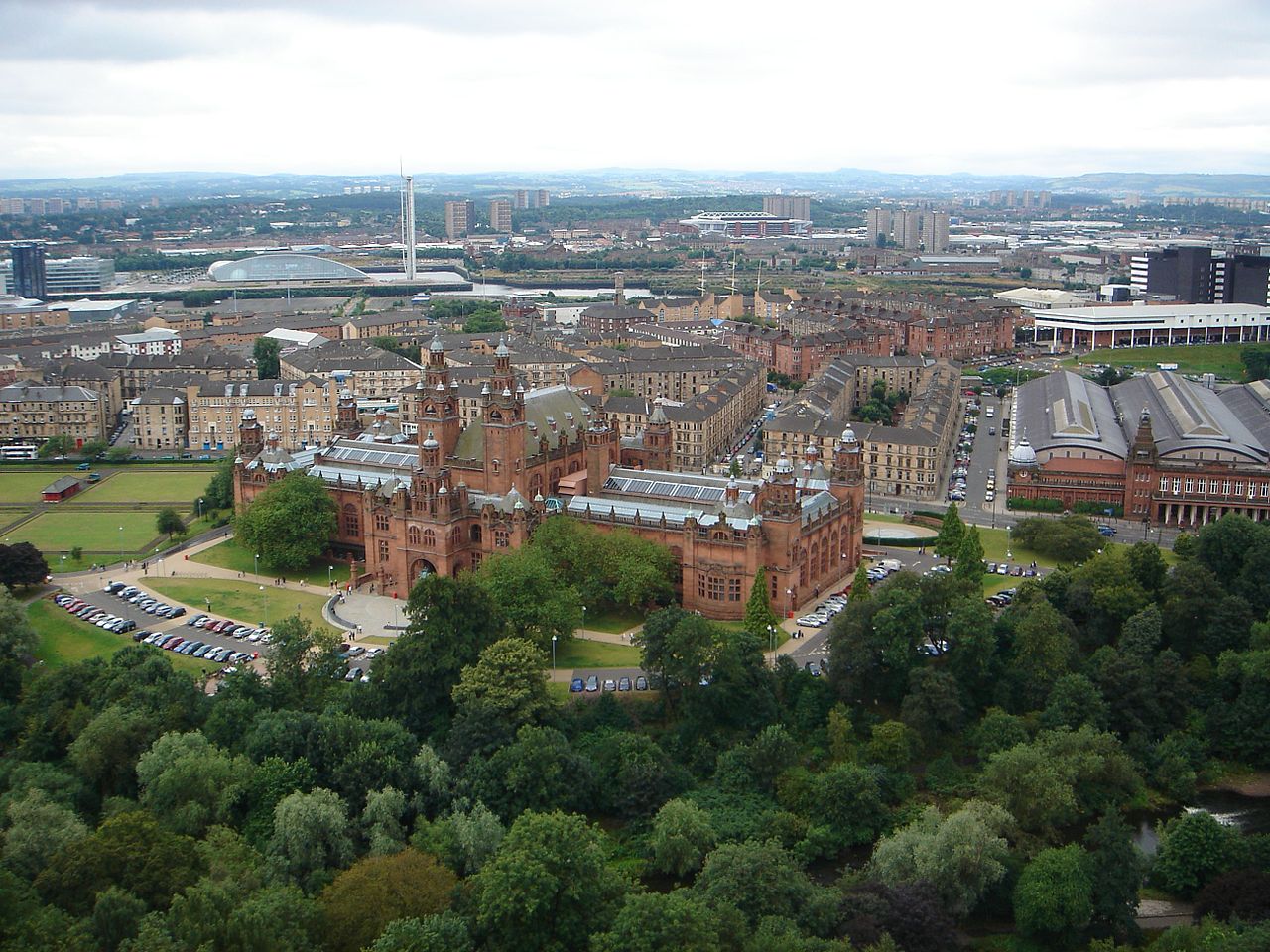
This Letter from the Field was shared with us by Caitlin Townsend – MSP13.
 I’m now six weeks into my practicum experience in Glasgow, Scotland. My project is to research, develop, and write the key themes and stories for the redisplay of the West Court at the Kelvingrove Art Gallery and Museum, Glasgow’s largest museum. Often invoking comparisons to the film Night at the Museum, the West Court is a spacious natural history gallery that houses such beloved objects as Sir Roger the Elephant and a Spitfire fighter plane. The Spitfire provides the occasion for my project: next fall, it will be taken down from its suspended position above the gallery for routine safety checks, which means moving all the animals below. The Kelvingrove is taking this opportunity to redisplay and reinterpret the entire gallery, informed by a wealth of data from visitor studies. My role is to research, write, and link the themes of the gallery to scientific concepts, from big-picture ideas like plate tectonics to the evolutionary history of the platypus.
I’m now six weeks into my practicum experience in Glasgow, Scotland. My project is to research, develop, and write the key themes and stories for the redisplay of the West Court at the Kelvingrove Art Gallery and Museum, Glasgow’s largest museum. Often invoking comparisons to the film Night at the Museum, the West Court is a spacious natural history gallery that houses such beloved objects as Sir Roger the Elephant and a Spitfire fighter plane. The Spitfire provides the occasion for my project: next fall, it will be taken down from its suspended position above the gallery for routine safety checks, which means moving all the animals below. The Kelvingrove is taking this opportunity to redisplay and reinterpret the entire gallery, informed by a wealth of data from visitor studies. My role is to research, write, and link the themes of the gallery to scientific concepts, from big-picture ideas like plate tectonics to the evolutionary history of the platypus.
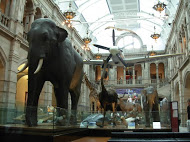
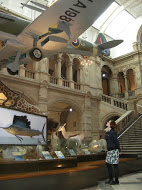 The West Court natural history gallery is the first stop for many families visiting the Kelvingrove. Thanks to visitor studies research, we know the primary audience for the gallery – parents with children – and can tailor our work accordingly. Community engagement is embedded in Glasgow Museums practice. My earliest conceptual work on this project involved reading community responses to the current display and taking note of areas for improvement. Supplying the kinds of information visitors want to know is a key part of my job. We will soon be consulting with a “junior board” of local schoolchildren for the second time in the development of the project giving them the opportunity to see their previous comments taken seriously. The simplicity and seamlessness of visitor research as part of the curatorial process has been eye-opening. Public engagement does not need to be difficult or complicated: it can be as simple as asking one question at a time, and making a commitment to listen and learn from the answers.
The West Court natural history gallery is the first stop for many families visiting the Kelvingrove. Thanks to visitor studies research, we know the primary audience for the gallery – parents with children – and can tailor our work accordingly. Community engagement is embedded in Glasgow Museums practice. My earliest conceptual work on this project involved reading community responses to the current display and taking note of areas for improvement. Supplying the kinds of information visitors want to know is a key part of my job. We will soon be consulting with a “junior board” of local schoolchildren for the second time in the development of the project giving them the opportunity to see their previous comments taken seriously. The simplicity and seamlessness of visitor research as part of the curatorial process has been eye-opening. Public engagement does not need to be difficult or complicated: it can be as simple as asking one question at a time, and making a commitment to listen and learn from the answers.
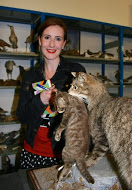 What I find most fascinating about community consultation for the natural history gallery is how important it is to visitors to understand the work of the museum. The single most desired piece of information for natural history specimens (above even diet and habitat!) is where the specific animal on display lived, how it died, and when and how it came to the museum. Provenance isn’t just a specialist concern: visitors have told us this information is important to them. There are many ways that I find Glasgow Museums impressive: its policy of open access to collections, its commitment to serving communities within Glasgow (whether they can come to a museum or not), its overarching mission to improve the wellbeing (indeed, the health) of Glasgow residents. But perhaps what amazes me most is the simplicity – even obviousness – of public engagement in museum work. It’s just what you do.
What I find most fascinating about community consultation for the natural history gallery is how important it is to visitors to understand the work of the museum. The single most desired piece of information for natural history specimens (above even diet and habitat!) is where the specific animal on display lived, how it died, and when and how it came to the museum. Provenance isn’t just a specialist concern: visitors have told us this information is important to them. There are many ways that I find Glasgow Museums impressive: its policy of open access to collections, its commitment to serving communities within Glasgow (whether they can come to a museum or not), its overarching mission to improve the wellbeing (indeed, the health) of Glasgow residents. But perhaps what amazes me most is the simplicity – even obviousness – of public engagement in museum work. It’s just what you do.


